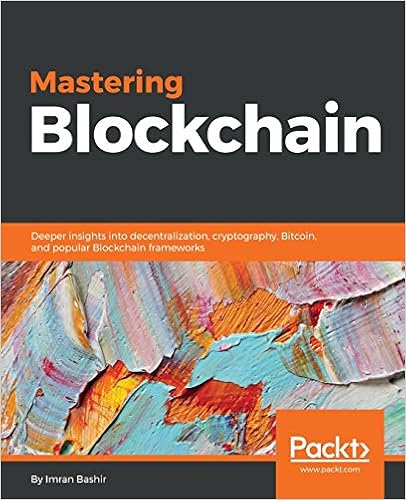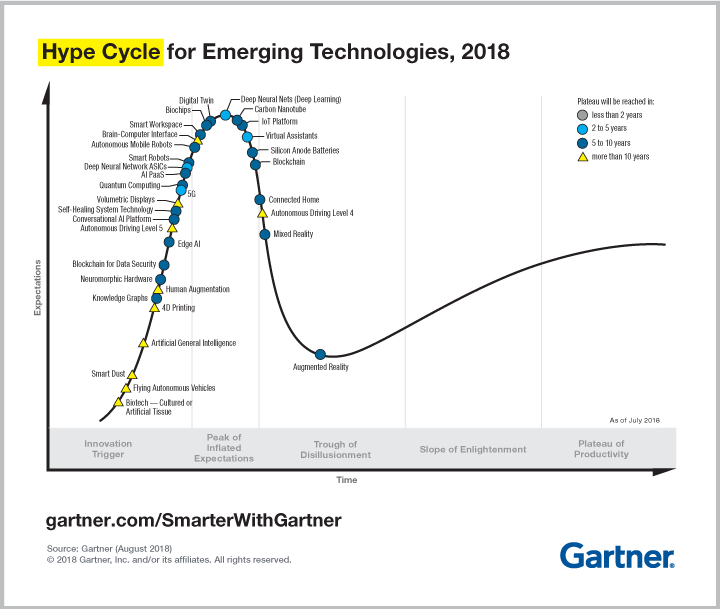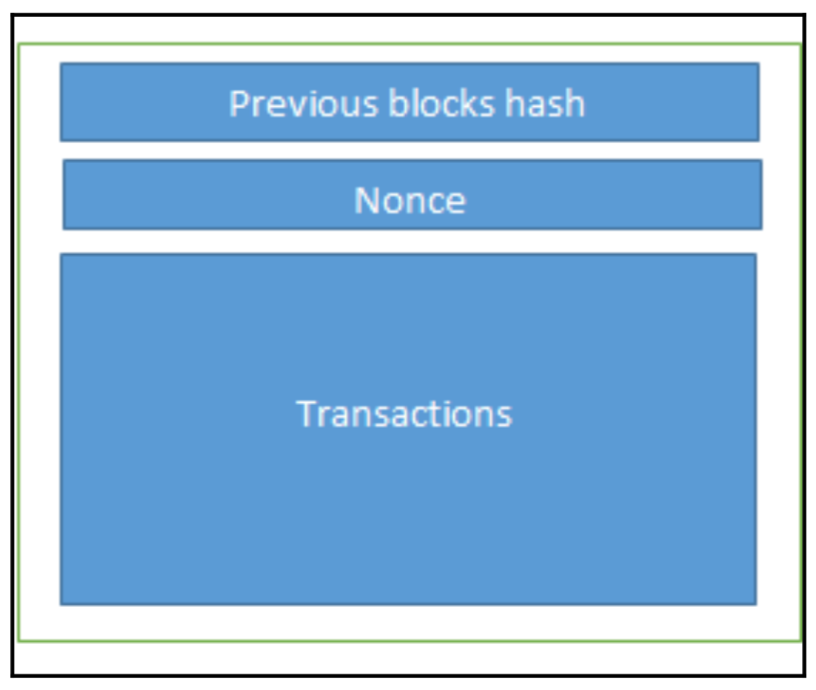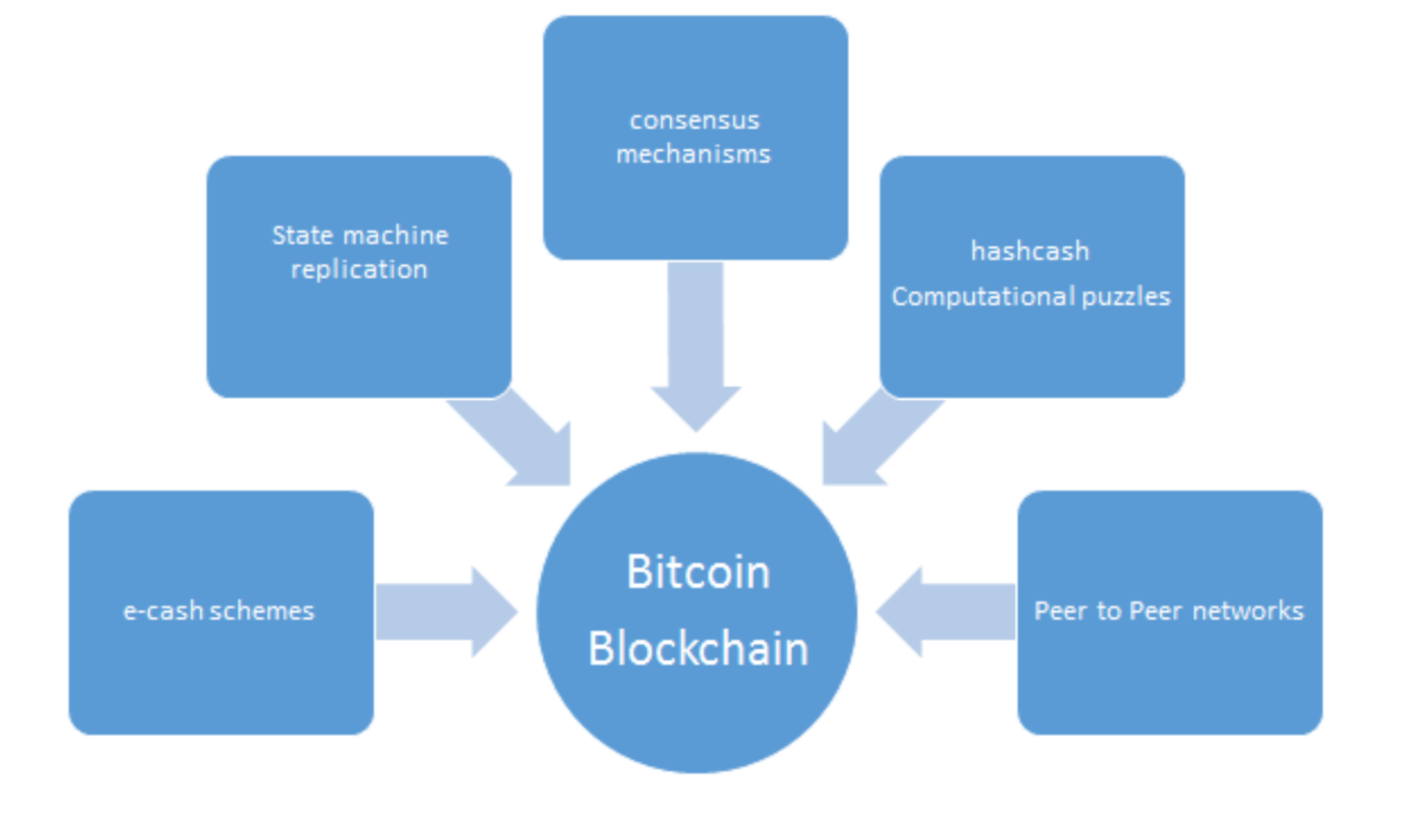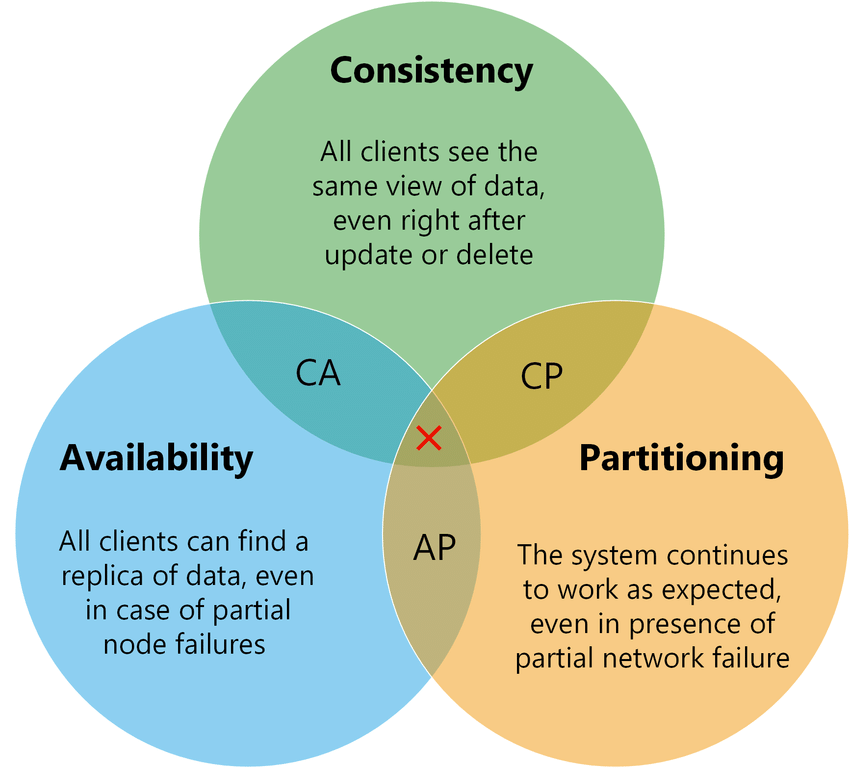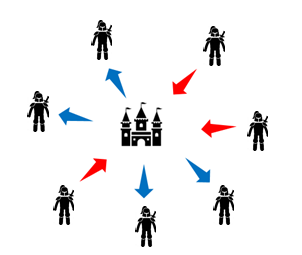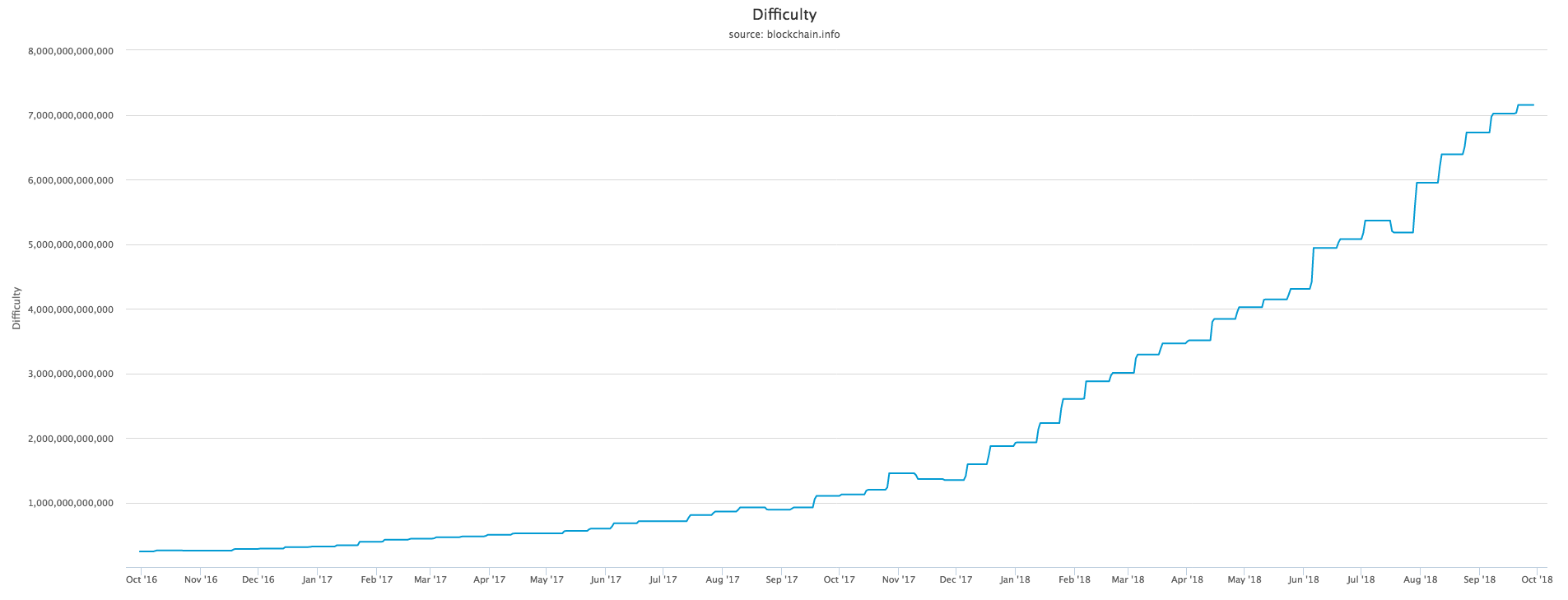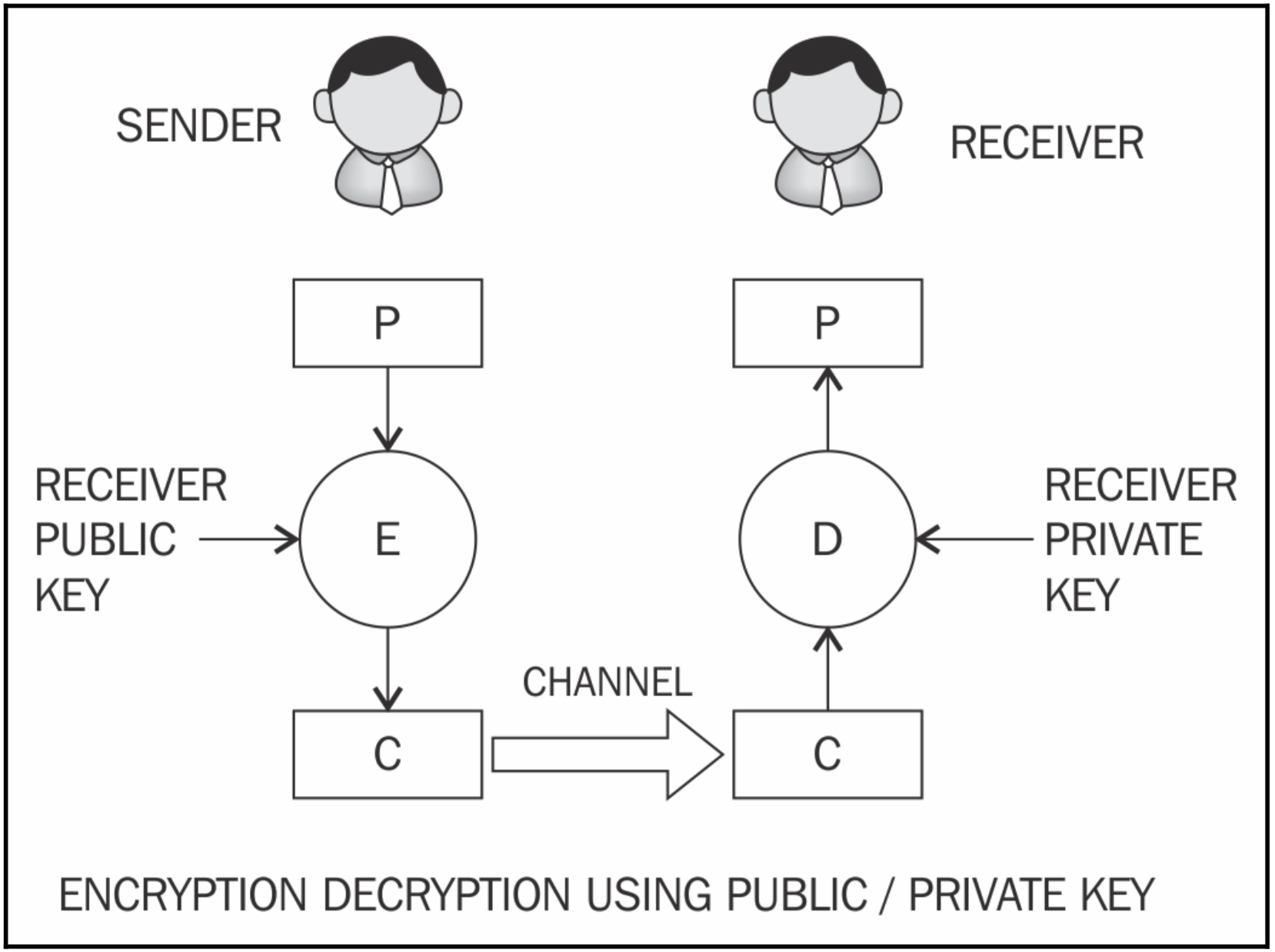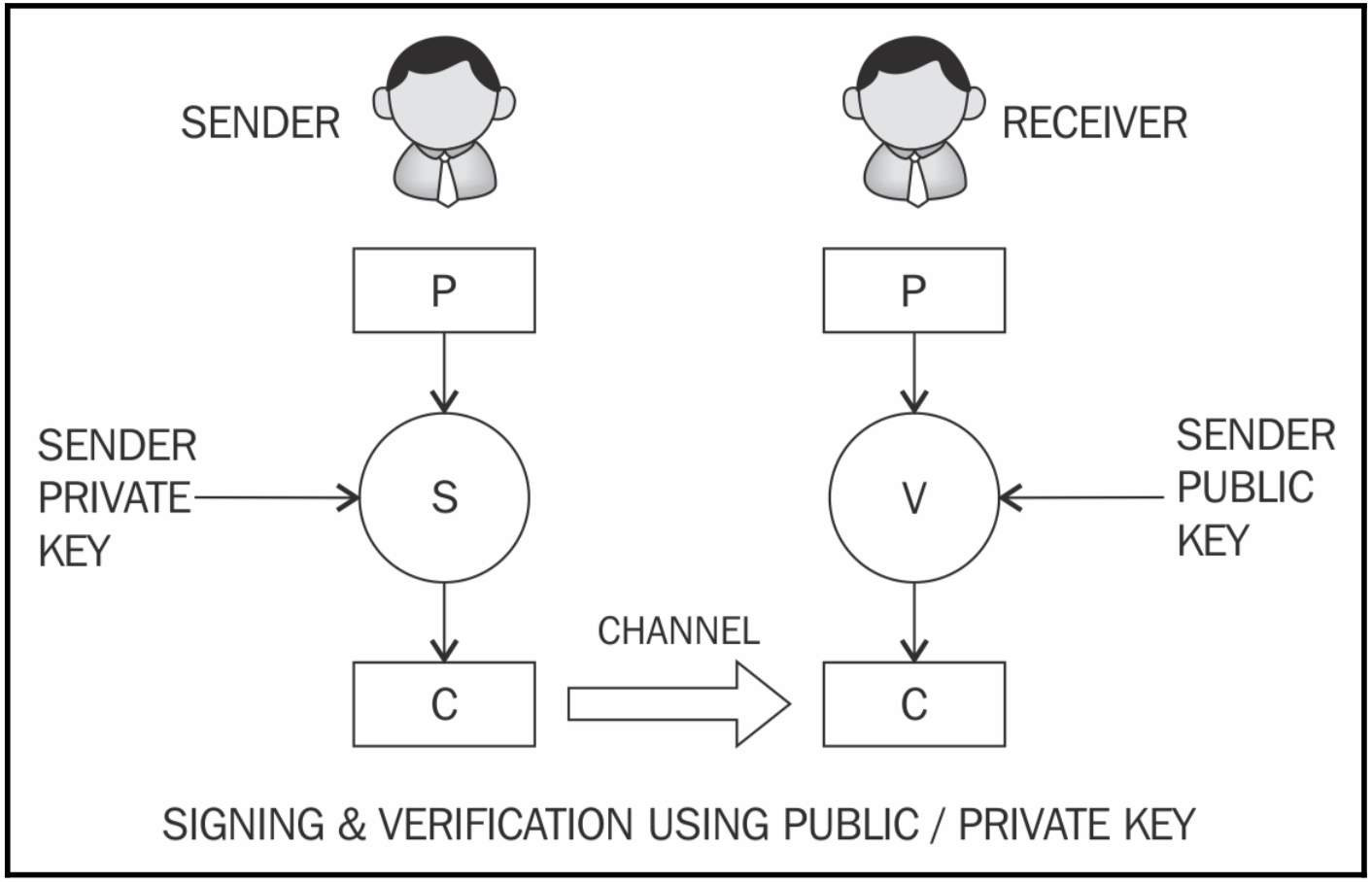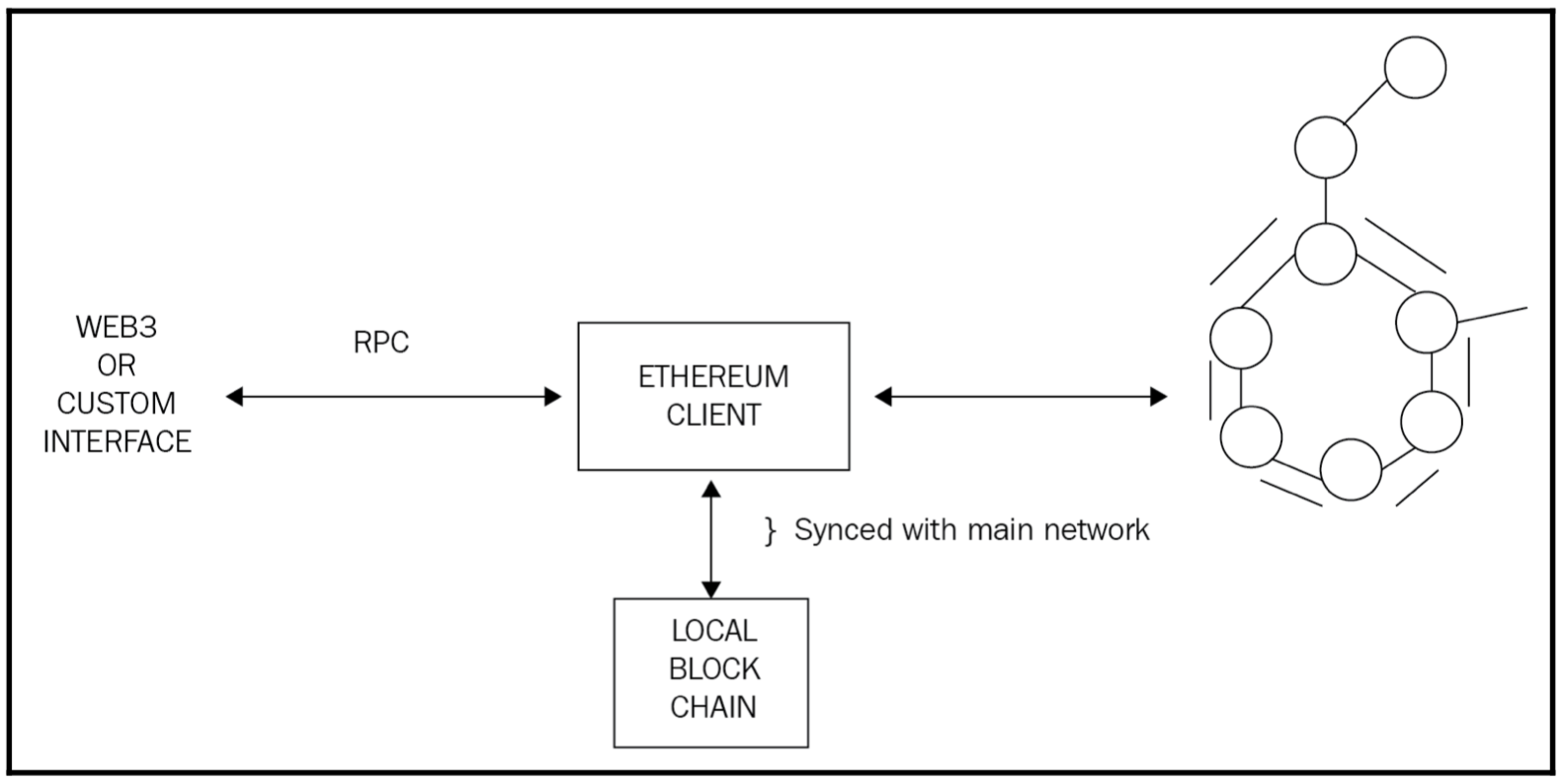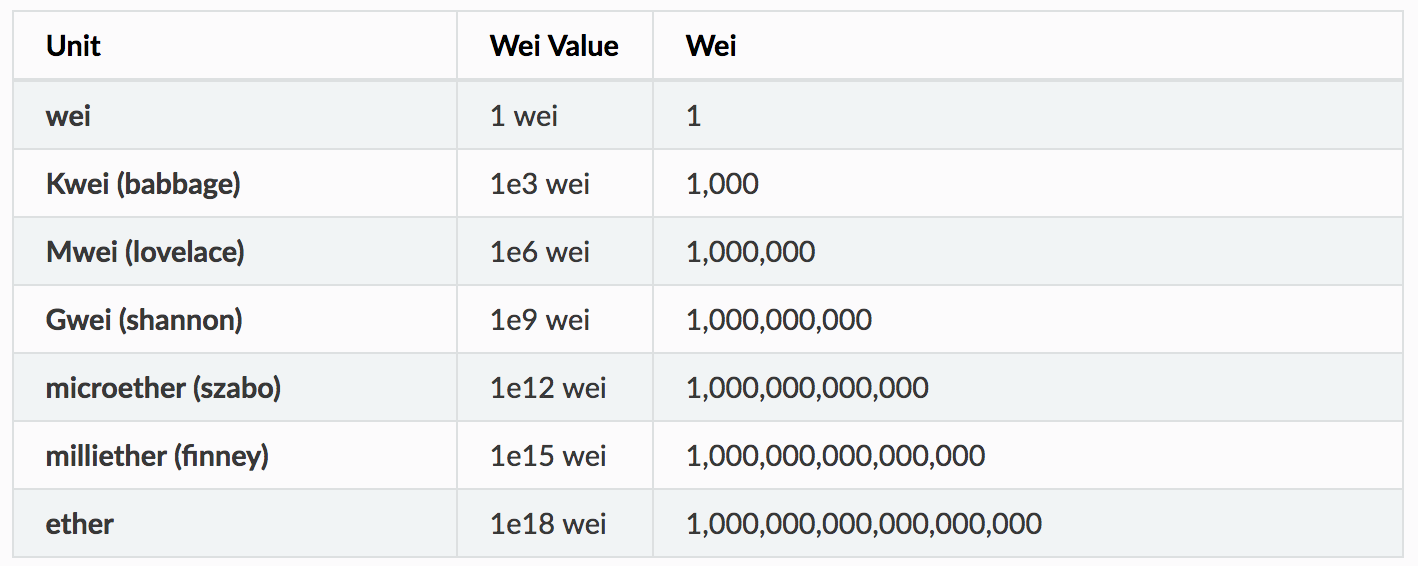contract ERC20Interface {
function totalSupply() public constant returns (uint);
function balanceOf(address tokenOwner) public constant returns (uint balance);
function allowance(address tokenOwner, address spender) public constant returns (uint remaining);
function transfer(address to, uint tokens) public returns (bool success);
function approve(address spender, uint tokens) public returns (bool success);
function transferFrom(address from, address to, uint tokens) public returns (bool success);
event Transfer(address indexed from, address indexed to, uint tokens);
event Approval(address indexed tokenOwner, address indexed spender, uint tokens);
}






